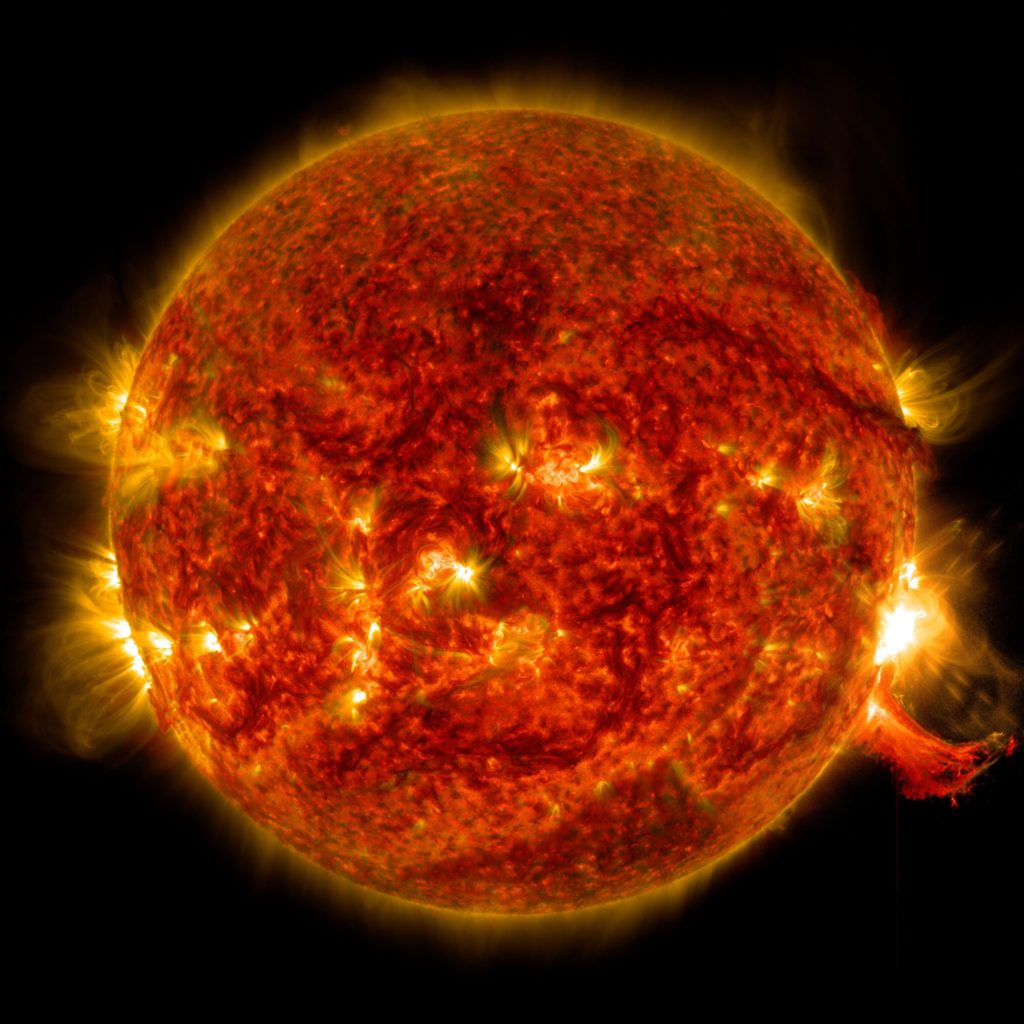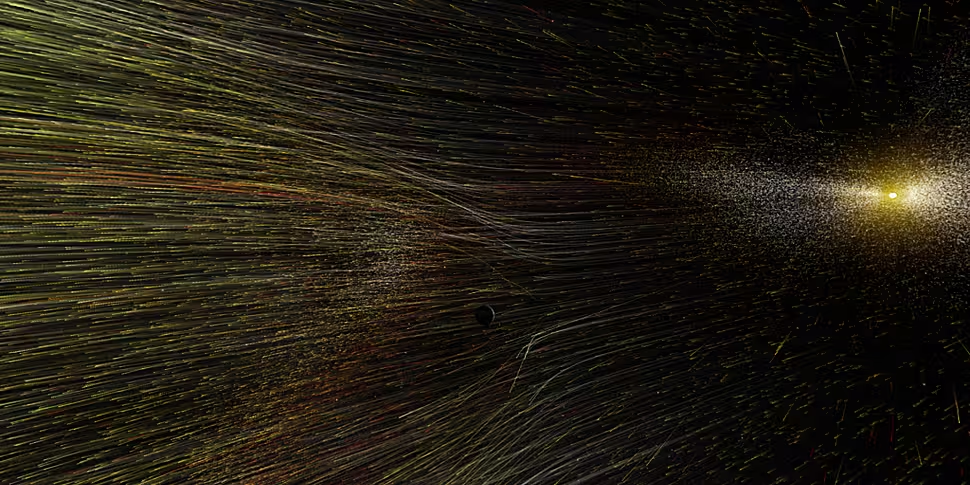Two new missions are being launched by NASA to examine the Sun.
The US space agency says they should advance our understanding of the Sun, and its effects on space.
One of the missions will study how the Sun drives particles and energy into the solar system, and a second will study Earth's response.
The Sun generates a vast amount of solar particles - known as the solar wind - which can create a system of radiation in space called space weather.
Near Earth, where the particles interact with our planet's magnetic field, the space weather system can lead to impacts on human interests: such as astronauts' safety, radio communications and GPS signals.
NASA says: "The more we understand what drives space weather and its interaction with the Earth and lunar systems, the more we can mitigate its effects".
 NASA's Solar Dynamics Observatory captured this image of a solar flare on October 2nd, 2014 | Image: NASA/SDO
NASA's Solar Dynamics Observatory captured this image of a solar flare on October 2nd, 2014 | Image: NASA/SDOThomas Zurbuchen from NASA headquarters in Washington explains.
"We carefully selected these two missions not only because of the high-class science they can do in their own right, but because they will work well together with the other heliophysics spacecraft advancing NASA's mission to protect astronauts, space technology and life down here on Earth.
"These missions will do big science, but they're also special because they come in small packages, which means that we can launch them together and get more research for the price of a single launch."
The first mission, to be called PUNCH, will focus directly on the Sun's outer atmosphere - the corona.
It will look at how it generates the solar wind and image and track the wind as it leaves the Sun.
The second, named TRACERS, will observe particles and fields at the Earth's northern magnetic cusp region.
The launch date for the two missions is no later than August 2022.
Both of them will be managed by the Explorers Program Office at NASA's Goddard Space Flight Centre in Maryland.
The Explorers Program, the oldest continuous NASA program, is designed to provide frequent, low-cost access to space using investigator-led space science investigations.









